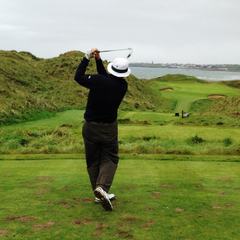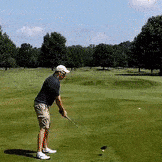IGNORED
Excellent putting tip for a smooth take away.
Note: This thread is 5157 days old. We appreciate that you found this thread instead of starting a new one, but if you plan to post here please make sure it's still relevant. If not, please start a new topic. Thank you!
-
Topics Being Discussed Right Now on The Sand Trap
-
- 8,687 replies
- 427,351 views
-
"5 Minutes Daily" Practice Challenge 1 2 3 4 917
By iacas, in Instruction and Playing Tips
- 5 minutes daily
- dedication
- (and 6 more)
- 16,503 replies
- 1,212,634 views
-
Tiger Woods Master Catch-All Discussion 1 2 3 4 220
By Valleygolfer, in Tour Talk
- tiger
- tiger woods
- (and 2 more)
- 3,952 replies
- 473,462 views
-
- 19,616 replies
- 1,213,846 views
-
- 34 replies
- 9,836 views
-








Recommended Posts
Create an account or sign in to comment
You need to be a member in order to leave a comment
Create an account
Sign up for a new account in our community. It's easy!
Register a new accountSign in
Already have an account? Sign in here.
Sign In Now